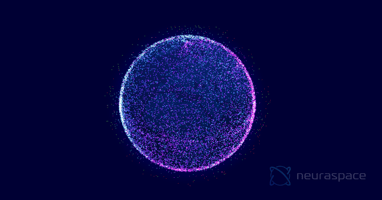Interview: Neuraspace on Edge Computing for Space Safety

In a Datacenter Dynamics supplement about edge computing, Neuraspace’s orbit dynamics engineers Rob Arthur and Miguel Santos explain why it is relevant to tracking satellites, collision avoidance, space traffic management and keeping orbits sustainable.
Generally speaking, edge computing deployments allow users to process data locally. When it comes to data about space objects such as the more than 40,000 and growing spacecrafts and millions of pieces of space debris in orbit around Earth, the sheer volume alone is staggering. The inherent complexity also adds to the difficult task of analysing the data.
Furthermore, tracking these objects requires telescopes and sensors, which are often located in remote regions “where bandwidth to transfer large volumes of raw image data in real time isn’t available”. Taking advantage of edge computing right where these telescopes are enables Neuraspace to “reduce data volume significantly before it is transmitted to the cloud”.
As a result, edge computing allows Neuraspace to “analyse complex orbital data to provide valuable information about dangerous debris to its customers and help them avoid costly accidents” in a timely manner.
Read the full article in the Datacenter Dynamics supplement.


-2.png?height=200&name=Blog_LinkedIn_Neura%20(12)-2.png)
